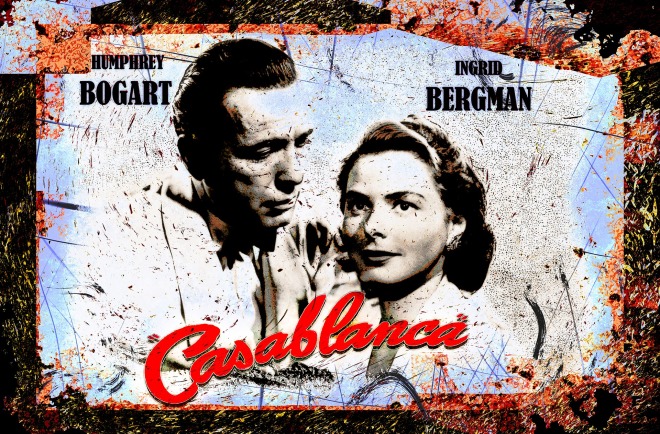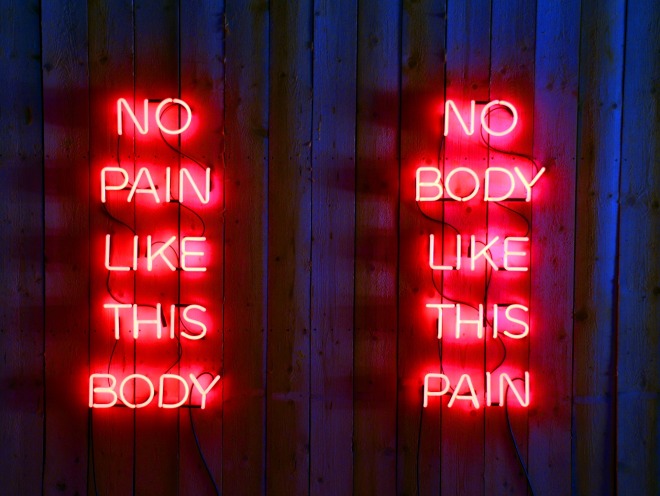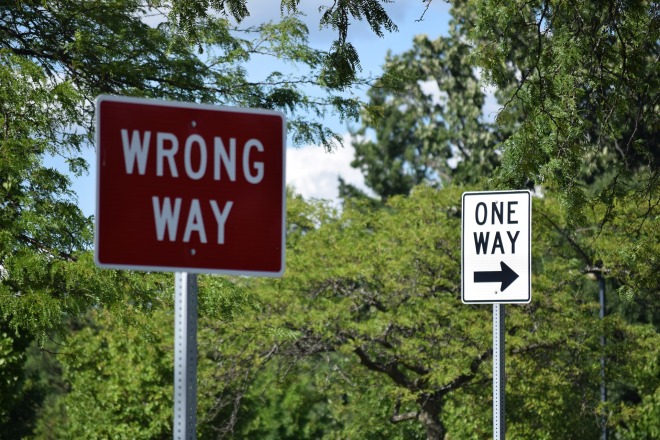
Without good direction, people lose their way; the more wise counsel you follow, the better your chances. Proverbs 11:14 (MSG)
I spent three days at an airport hotel near Casablanca, Morocco, recently. While there, I kept thinking about the classic 1932 movie as we toured the city. I wondered where Rick’s Café Americain made famous by the movie was located.
The most famous, yet often misquoted, line from the movie Casablanca is: “Play it Again Sam”. Ergo the title: Redux. Redux or something that is brought back which provides an update to previous posts.
This will be like different flavors of popcorn – just take a bite if you want. Each has a link to the original post.
EQ. This post discussed the importance of Emotional Intelligence and empathy which is often lacking by the next generation because they are too focused on themselves. They may have a high IQ, but their interpersonal skills are lacking. Andrew McPeak recently wrote a post on 3 ways to help Generation Z with EQ.
This is more important now that employers are beginning to vet their job seekers on their EQ, not just their academic achievements. One McPeak’s suggestion that is worth noting: he suggests that adults learn to talk with Gen Z, but not “at them”. Good stuff.
Marijuana covered the untold mental health risks of marijuana (including violence) which has been portrayed as a harmless substance. Recently, a New York café recently added drinks laced with CBD (another shorthand for cannabis).
The result: more than half of the sales of coffee and other drinks now contain CBD. There is no research on the effects of CBD. None, although there is anecdotal evidence of its calming effect.
And then there was the WSJ story titled “Weed Versus Greed on Wall Street” which chronicles the interest that large investors are taking to the large demand for growing marijuana. The profit motive trumps all health concerns.
Finally, the State Prosecutor in Baltimore announced that she would cease prosecuting crimes involving possession of marijuana. Her reasons? Among them was that it wasted police time in a city that has one of the lowest rates of solving homicides in the nation.
She also stated that there is no connection between crime (i.e. violence) and marijuana. She hasn’t read the research which points to the opposite conclusion.
Digital Addiction describes the addictive quality of digital environment, including severe withdrawal symptoms of children who are suddenly denied their video games or cellphones. A recent article shows the unintended consequences of the introduction of the iPhone in 2007.
Steve Jobs, the founder of Apple which makes the iPhone, is now onrecord that his vision for smartphone use envisioned it as a completely different tool, rather than a constant companion.
Internet addiction is not yet recognized as a mental condition, yet U.S. rehabs are filling up treating teens “driven to distress by their phones.” It’s only a matter of time that the medical community will treat it as a disorder and a disease.
Vision covered the adverse effects of excessive digital use on your eyesight. In it, I quoted a friend incorrectly about what it is like to live in your later years without good health. He actually said: “Being wealthy and not healthy is poverty.” His words better captured the idea than mine.
Younger Next Year encouraged all to take care of their health by staying active and it refers to a book by the same title. Millennials, however are still so young that they feel invincible. So much so, that they are ditching having a doctor according to a new study.
The danger? Well, they aren’t getting their vision checked, or getting their vaccinations or other simple routine checks on their physical and mental health.
FIRE, which stands for Financial Independence Retire Early, discusses the millennial obsession to leading an ultra-frugal life and saving as much as possible so one can retire early. Buying brown bananas is a common practice.
While I am all for frugality, a FIRE-minded millennial might save 50% of their income and lead an almost ascetic life for decades to achieve their goals. A recent article notes that for most people, “it is a terrible idea” for lots of reasons.
One of them: long life is not guaranteed, and one can sacrifice his youthful years only to incur a medical issue that ruins their lifestyle they so wanted to achieve in retirement.
I would add that life is better lived by smelling the roses along the way. The journey is as important as the destination.
MENTOR TAKEAWAY: Your mentee needs input on a variety of topics. I think it is important for mentors to learn about new trends in order to speak into their lives with relevance.
FURTHER STUDY: Younger Next Year: Live Strong, Fit and Sexy until you are 80. is available at Amazon.
Rick’s Café was recreated in 2004 in Casablanca by a group known as The Usual Suspects, SA.
Watch Steve Jobsspeechwhen he introduced the iPhone in 2007.
A WSJ article about FIRE as not being such a good idea.
WORSHIP: Listen to Chris Tomlin sing God of the City which tells us that greater things are yet to be done in this city.
COMMENT: I would be delighted at comments on this or any other post. You can comment by clicking on the icon at the top of the page or emailing me at otterpater@gmail.com
SUBSCRIBE: You can receive an email notice of each post by clicking on the icon at the top right corner of the site (www.mentorlink.wordpress.com) and entering your email address.




